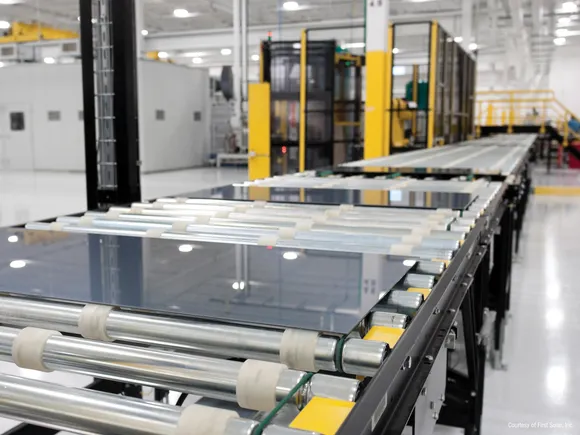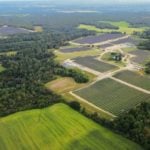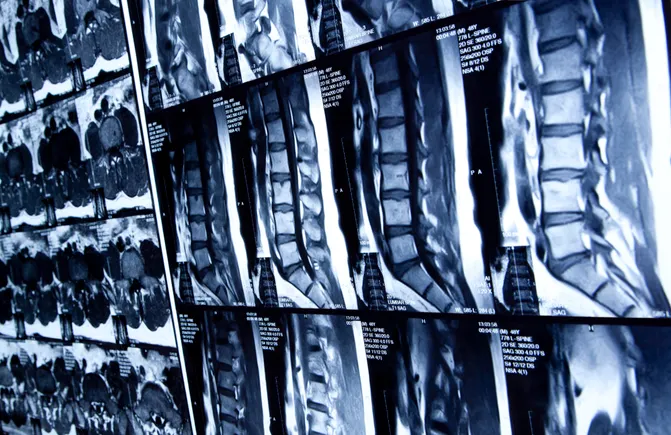Light‐Responsive Oxygen Generation from Chlorella Hydrogels for Facial Nerve Injury Recovery: Crosstalk between M1/M2 Macrophages and Schwann Cells
Advanced Healthcare Materials, EarlyView.

Facial nerve injury (FNI), hindered by hypoxia-impaired Schwann cell (SCs) repair, was addressed using light-activated Chlorella hydrogel (C-Gel). In vitro, C-Gel enhanced SCs proliferation/migration, reduced reactive oxygen species (ROS), hypoxia-inducible factor-1α (HIF-1α), tumor necrosis factor-α (TNF-α), and interleukin-6 (IL-6). In vivo, it improved functional recovery and remyelination via phosphoinositide 3-kinase-protein kinase (PI3K-Akt) signaling, demonstrating dual oxygen/immune modulation for FNI rehabilitation.
Abstract
Facial nerve injury (FNI), hindered by hypoxic microenvironments limiting Schwann cell (SCs) repair potential, remains a therapeutic challenge. We developed light-responsive Chlorella hydrogels (C-Gel) to modulate oxygen release and inflammation. In vitro, light-activated C-Gel enhanced RSC96 SC proliferation, migration, and secretion while reducing reactive oxygen species (ROS), hypoxia-inducible factor-1α (HIF-1α), tumor necrosis factor-alpha (TNF-α), and interleukin-6 (IL-6). It also shifted macrophage polarization from pro-inflammatory M1 (inducible nitric oxide synthase (iNOS)+/TNF-α+) to anti-inflammatory M2 (arginase-1 (Arg-1)+/IL-10+), with M2-conditioned mediumboosting SCs production of neurotrophic factors (nerve growth factor, NGF; glial cell line-derived neurotrophic factor, GDNF), adhesion molecules (neural cell adhesion molecule-1, NCAM-1), regeneration-associated proteins (c-JUN), and myelin components (myelin basic protein, MBP; myelin-associated glycoprotein, MAG). In vivo, C-Gel-light therapy improved behavioral recovery in FNI rats, suppressed inflammation (ROS/HIF-1α/TNF-α), and enhanced SC-mediated remyelination (S100 calcium-binding protein, S100; neurofilament 200, NF200). RNA sequencing identified upregulated phosphoinositide 3-kinase-protein kinase (PI3K-Akt) and calcium ion (Ca²+) signaling pathways. This oxygen-regulating, immunomodulatory biomaterial offers a dual-action strategy to advance FNI rehabilitation by synergistically optimizing the regenerative microenvironment.































































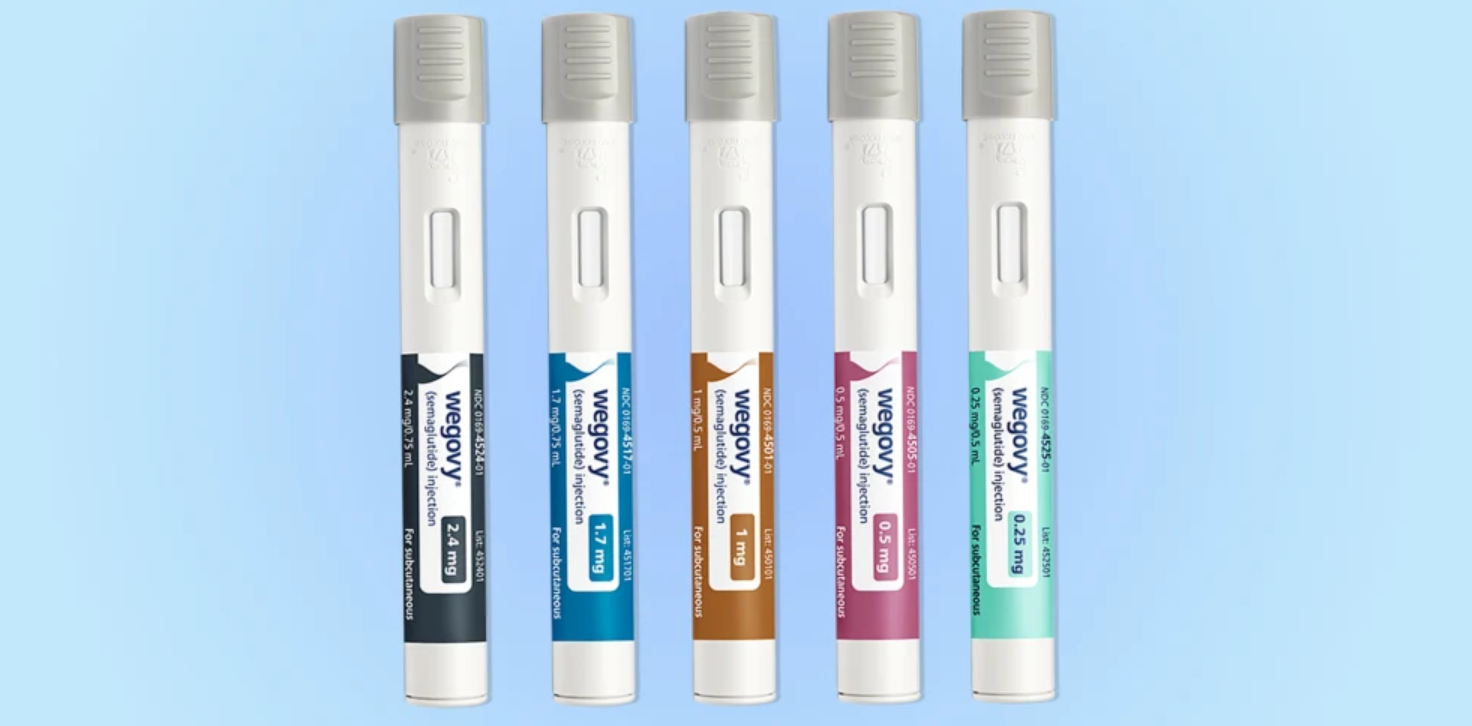



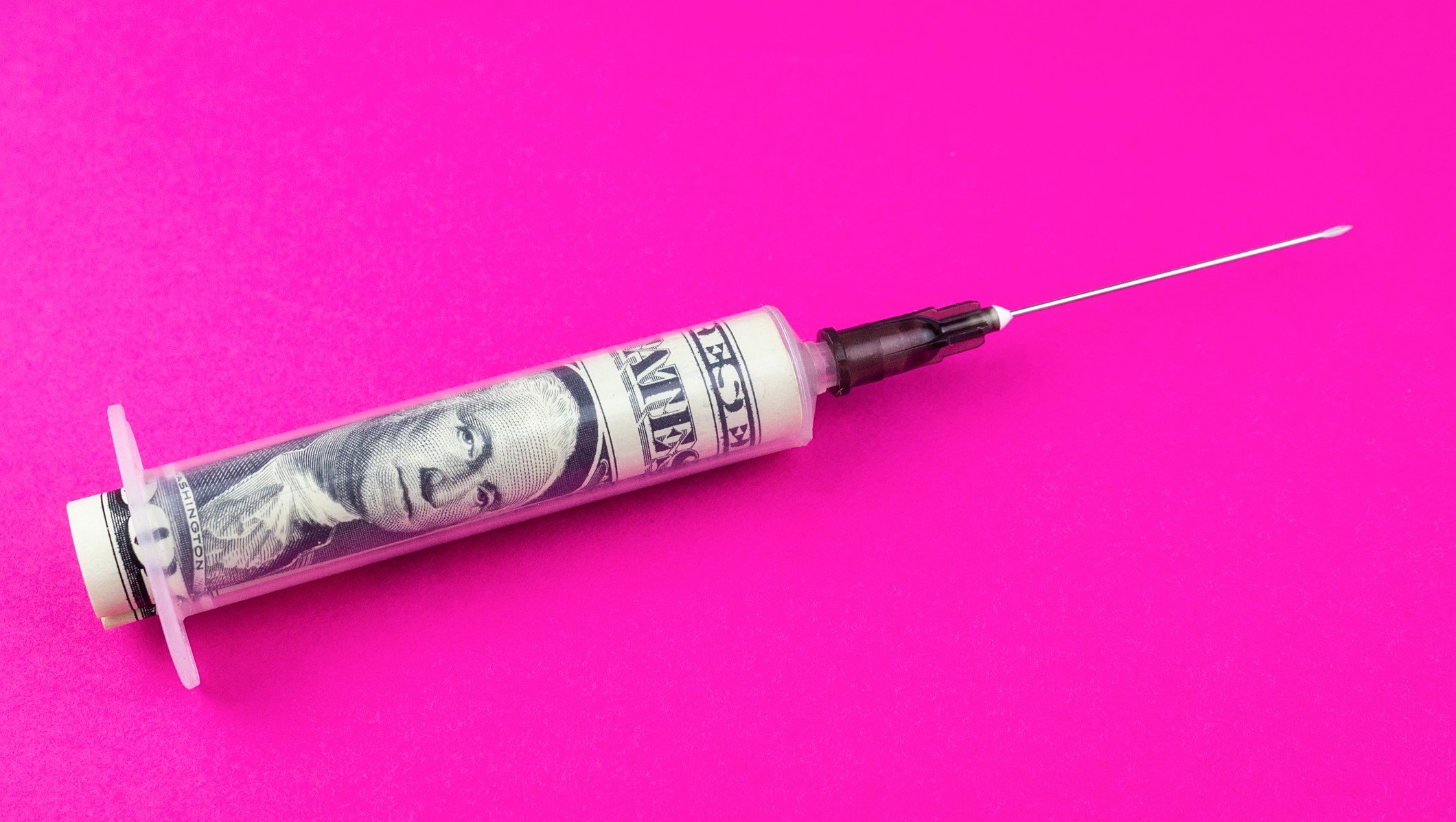



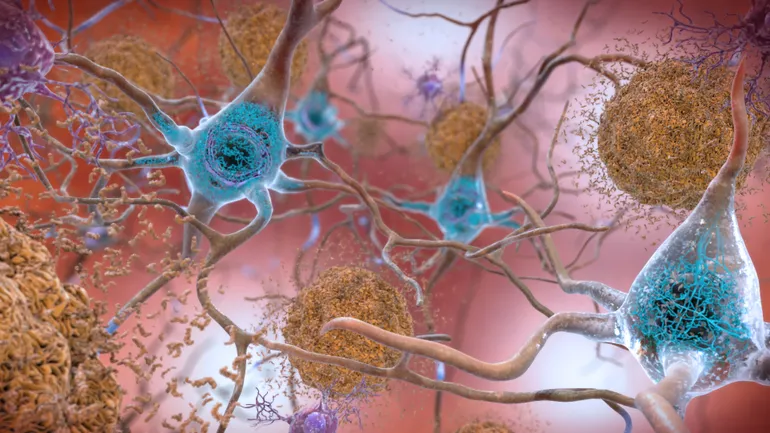

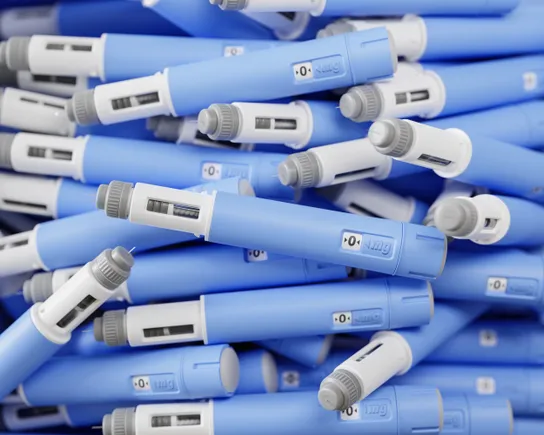














![The F-35’s future: The power and cooling competition that could change everything [Video]](https://breakingdefense.com/wp-content/uploads/sites/3/2024/09/240924_F35_moon_USAF-scaled-e1727200160419.jpg?#)





























